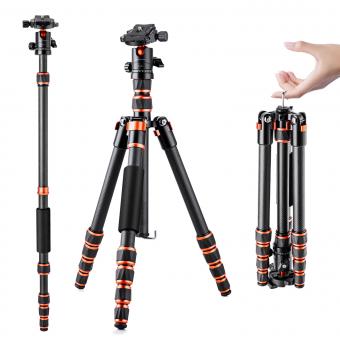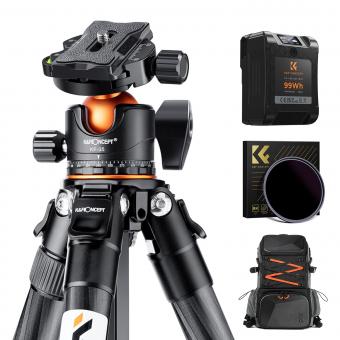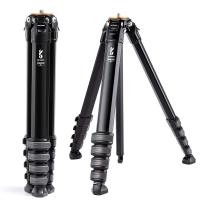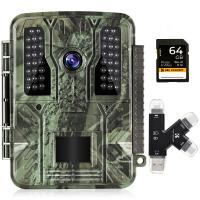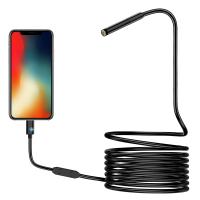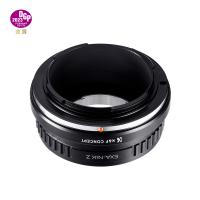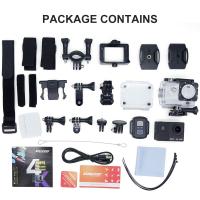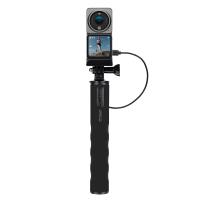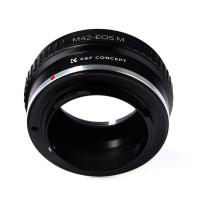What Is A Fiber Optic Camera ?
A fiber optic camera, also known as an endoscope or borescope, is a type of camera that uses fiber optic technology to capture images or videos in areas that are difficult to access. It consists of a flexible tube with a lens and a light source at one end, and an eyepiece or a display screen at the other end. The camera transmits light through the fiber optic cables, which illuminates the area being examined, and the reflected light is then captured by the camera lens. This allows for real-time visualization of the internal structures or hard-to-reach spaces, such as inside pipes, engines, or medical cavities. Fiber optic cameras are widely used in various industries, including healthcare, automotive, aviation, and plumbing, for inspection, maintenance, and diagnostic purposes.
1、 Definition and Function of Fiber Optic Camera
A fiber optic camera, also known as an endoscope or borescope, is a device that uses fiber optic technology to capture and transmit images or videos from hard-to-reach or inaccessible areas. It consists of a flexible tube with a lens at one end and a light source at the other. The tube is made up of thousands of tiny glass or plastic fibers that transmit light and images.
The main function of a fiber optic camera is to provide visual inspection and documentation in areas that are difficult or impossible to access with the naked eye. It is commonly used in various industries such as automotive, aerospace, plumbing, and medicine. For example, in automotive and aerospace industries, fiber optic cameras are used to inspect the internal components of engines, pipelines, or aircraft wings for any signs of damage or malfunction. In medicine, fiber optic cameras are used in minimally invasive surgeries to visualize and diagnose internal organs or tissues.
The latest advancements in fiber optic camera technology have led to the development of high-definition and 3D imaging capabilities. This allows for more accurate and detailed inspections, enabling professionals to identify and address issues more effectively. Additionally, some fiber optic cameras now come with wireless connectivity, allowing for real-time streaming and remote viewing of the captured images or videos.
In conclusion, a fiber optic camera is a versatile tool that plays a crucial role in visual inspection and documentation in various industries. Its ability to access hard-to-reach areas and transmit high-quality images or videos makes it an invaluable asset for professionals in different fields. With ongoing advancements, fiber optic cameras continue to evolve, providing even more precise and efficient inspection capabilities.
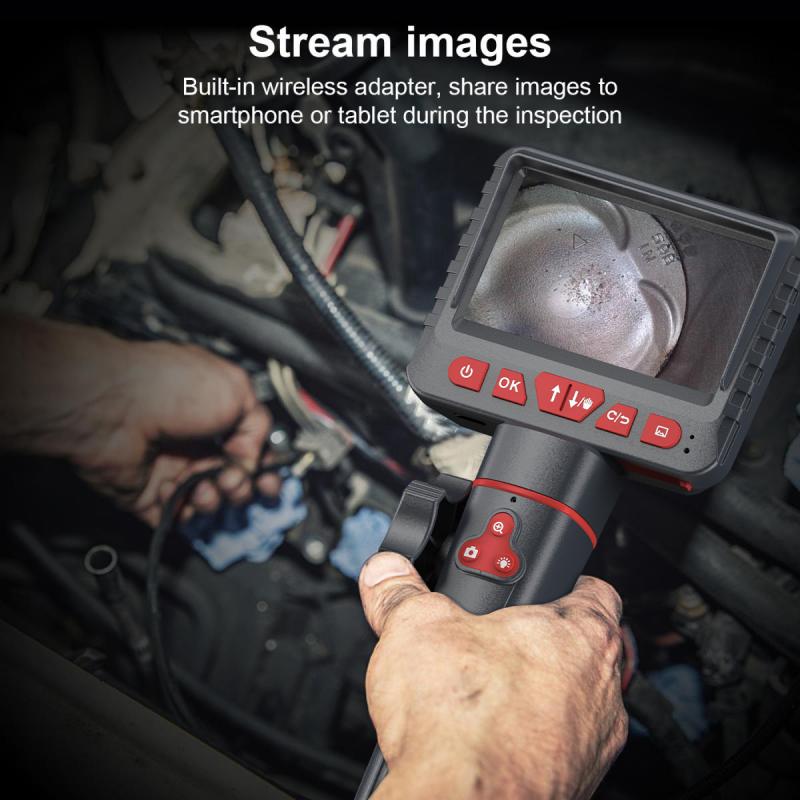
2、 Components and Working Principle of Fiber Optic Camera
A fiber optic camera, also known as an endoscope or borescope, is a device that uses fiber optic technology to capture images or videos in areas that are difficult to access. It consists of a flexible tube with a lens at one end and a light source at the other. The tube is made up of thousands of tiny glass or plastic fibers that transmit light and images.
The working principle of a fiber optic camera involves the transmission of light through the fiber optic cables. The light source at one end of the camera emits light, which is then guided through the fibers to the lens at the other end. The lens focuses the light onto the object being observed, and the reflected light is captured by a sensor or camera chip. The captured images or videos are then displayed on a monitor or recorded for further analysis.
One of the key advantages of fiber optic cameras is their ability to access narrow or curved spaces that are otherwise inaccessible to traditional cameras. They are commonly used in medical procedures, industrial inspections, and plumbing or electrical repairs. In the medical field, fiber optic cameras are used for minimally invasive surgeries, allowing doctors to visualize internal organs without making large incisions.
In recent years, there have been advancements in fiber optic camera technology. For example, some cameras now have higher resolution sensors, allowing for clearer and more detailed images. Additionally, there have been improvements in the flexibility and durability of the fiber optic cables, making them more resistant to damage and easier to maneuver.
Overall, fiber optic cameras have revolutionized various industries by providing a non-invasive and efficient way to visualize and inspect hard-to-reach areas. With ongoing advancements, these cameras are likely to continue playing a crucial role in medical, industrial, and other fields.
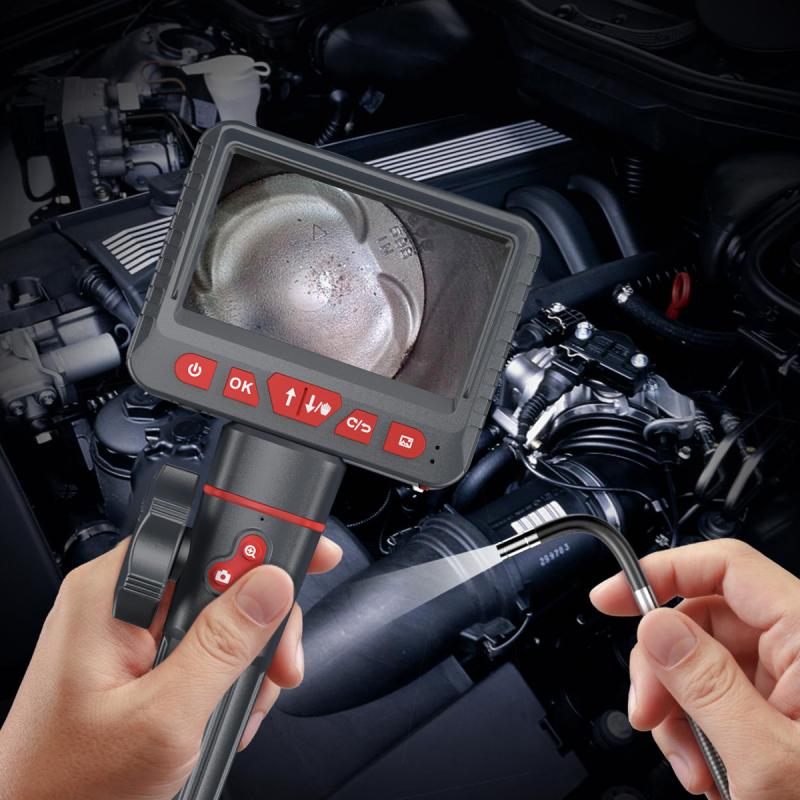
3、 Applications and Advantages of Fiber Optic Camera
A fiber optic camera is a type of camera that uses fiber optic technology to transmit images. It consists of a lens, an image sensor, and a fiber optic cable. The lens captures the image, which is then converted into an electrical signal by the image sensor. This electrical signal is then transmitted through the fiber optic cable to a display or recording device.
The main advantage of a fiber optic camera is its ability to transmit images over long distances without any loss of quality. Unlike traditional cameras that use copper wires, fiber optic cables are made of glass or plastic fibers that can transmit data at high speeds and over long distances. This makes fiber optic cameras ideal for applications where the camera needs to be located far away from the display or recording device.
Fiber optic cameras are commonly used in various industries and applications. In the medical field, they are used in endoscopy procedures to visualize internal organs and perform minimally invasive surgeries. In the telecommunications industry, fiber optic cameras are used to inspect and maintain fiber optic networks. They are also used in security and surveillance systems to monitor large areas and transmit high-quality images in real-time.
One of the latest advancements in fiber optic camera technology is the development of miniature cameras that can be inserted into small spaces. These cameras are used in industries such as aerospace and automotive for inspection and maintenance purposes. They can provide high-resolution images in tight and hard-to-reach areas, allowing for efficient and accurate inspections.
In conclusion, fiber optic cameras offer numerous advantages in terms of image transmission over long distances and high-quality imaging. They are widely used in various industries and applications, and the latest advancements in technology have further expanded their capabilities.
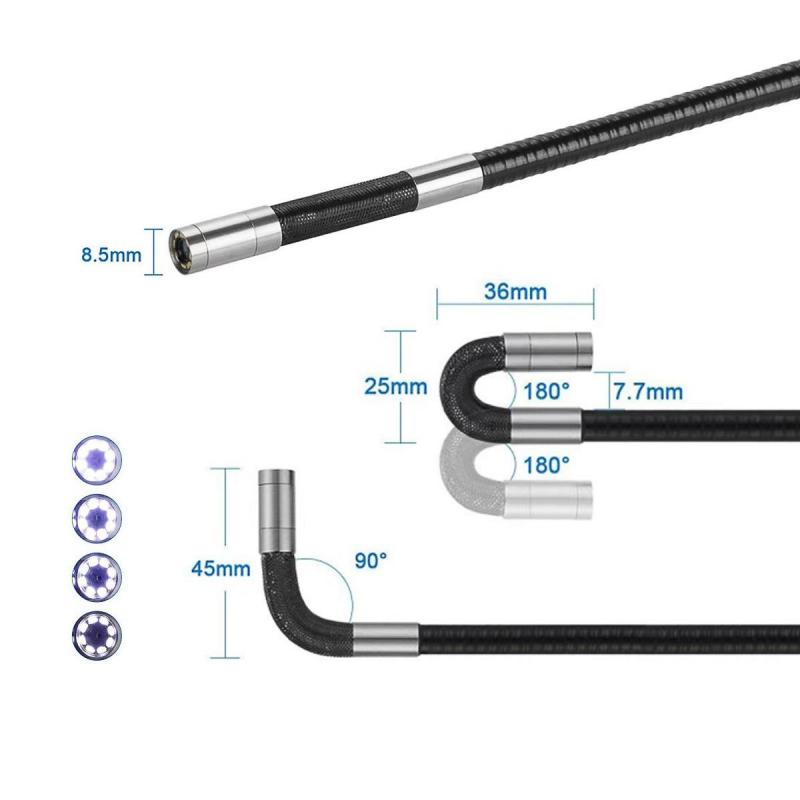
4、 Types and Variations of Fiber Optic Camera Technology
A fiber optic camera is a type of camera that uses fiber optic technology to transmit images and videos. It consists of a camera head, which captures the images, and a fiber optic cable, which carries the images to a display or recording device.
Fiber optic cameras are widely used in various industries and applications where traditional cameras cannot be used due to their size, weight, or the environment in which they need to operate. The use of fiber optic technology allows for long-distance transmission of high-quality images without any loss of signal or degradation in image quality.
There are several types and variations of fiber optic camera technology available in the market today. One common type is the endoscope camera, which is used in medical procedures to visualize internal organs and tissues. These cameras are often flexible and can be inserted into the body through small incisions or natural body openings.
Another type is the industrial fiber optic camera, which is used in industries such as manufacturing, aerospace, and automotive. These cameras are designed to withstand harsh environments and can be used for inspection, quality control, and monitoring purposes.
In recent years, there have been advancements in fiber optic camera technology, such as the development of high-definition cameras that offer improved image resolution and clarity. Additionally, there has been a trend towards the integration of fiber optic cameras with other technologies, such as robotics and artificial intelligence, to enhance their capabilities and applications.
Overall, fiber optic cameras have revolutionized the way we capture and transmit images and videos in various industries. With ongoing advancements in technology, we can expect to see further improvements and innovations in fiber optic camera technology in the future.


